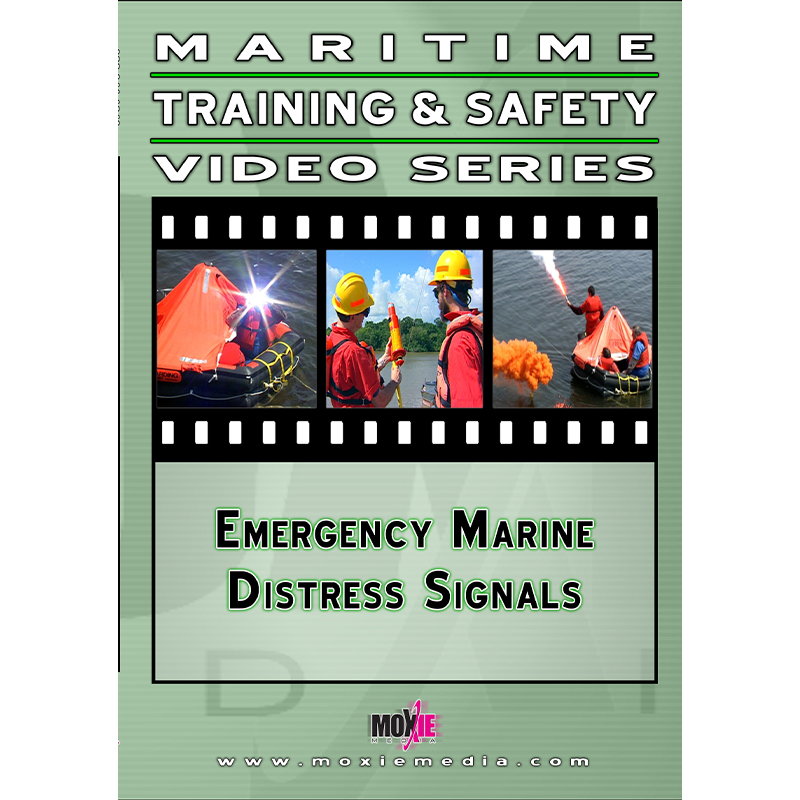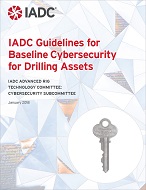Description
Video Preview: Emergency Marine Distress Signals
Part of the Marine Survival Series. Regardless of vessel or offshore installation size, the sea is unpredictable and without warning can place the lives of all crew members in jeopardy. In addition, unforeseen accidents such as fires, equipment malfunctions and capsizing can trigger an emergency evacuation of personnel.
It is vital for crews to understand and be trained in the use of marine distress signals ranging from radio communication and visual markers such as flares, smokes or rockets, to electronic locators such as EPIRBs and SARTs.
In this program, maritime employees will learn how to rapidly notify search and rescue authorities to their emergency and assist them by quickly guiding rescue craft to their location. This is vital compliance training that can literally save the crew’s life! Length: 25 minutes
Topics Include:
- Training, inspection and maintenance information on electronic signaling systems such as GMDSS, GPS equipped EPIRBS, SARTs, portable VHF emergency units and MayDay reporting protocols are thoroughly presented.
- Long and short distance pyrotechnic devices including rockets, flares, and smokes are demonstrated in realistic working conditions.
- Alternative signaling and survival methods are taught including the effective use of a heliograph (mirror), whistle, strobe light, splashing and donning of life jackets and immersion suits.
- Instruction on the use of line throwing devices (speedline) to assist in the rescue of personnel and ships.
Sku: MOX-MAR-EmerDistress7
“




